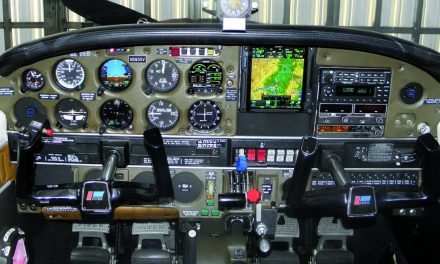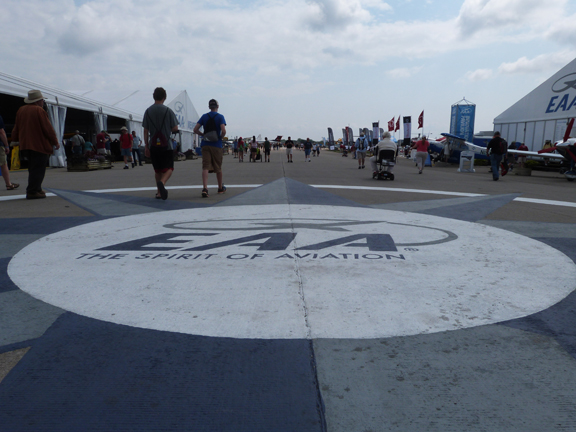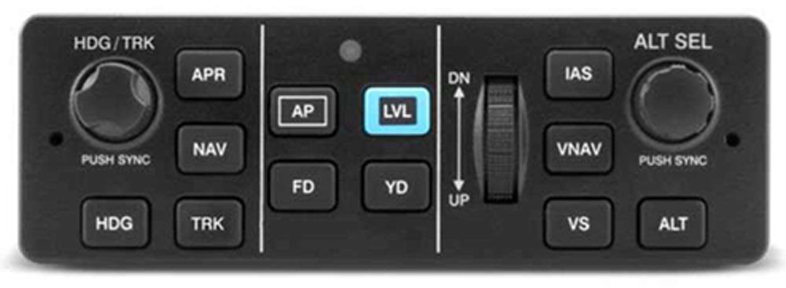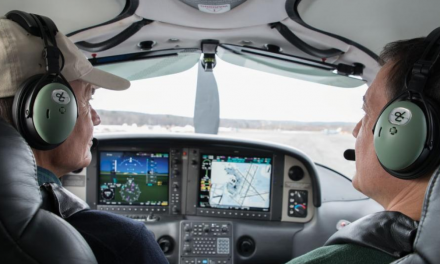GPS Interference, Jamming and Spoofing
In my last article, I mentioned flying in my early days and doing cross countries with only a single VOR, compared to today where WAAS GPS and detailed moving maps have made it so much easier and safer. No question, GPS is now the “standard” for aviation navigation. It is so much more accurate, but is it as reliable?
A Few Scenarios
Kevin Wells lost his GPS reception on his private jet on an approach to Hayward Executive Airport in California’s Bay Area in February 2019. He watched (and recorded with his phone) as the signals from GPS satellites shut down, before slowly coming back online, as Wells continued his descent and eventually made a safe landing. A month earlier his Cessna had been hit with a GPS interruption at the same location. It was either inadvertent or purposeful jamming. Wells was victim to a GPS interference event, where random or intentional signals affect the weak signals from navigation satellites. These events, often the result of US military tests, can cause dangerous situations and near-misses. Wells contacted the local air traffic control tower, asked other pilots, and even drove around Hayward with a handheld GPS receiver looking for the source, all to no avail. Kevin is still pursuing the problem with help from his contacts at the GPS Lab at Stanford Engineering where he is Executive Director of the Stanford Institute for Theoretical Physics.
In January 2022, a GPS interference event occurred over a thirty-three-hour period near Denver International Airport due to a transmitter errantly broadcasting in the GPS frequency. Interference was first detected by aircraft pilots and communicated to Federal Aviation Administration (FAA) Air Traffic Control Facilities. The FAA issued a Notice to Air Missions (formerly known as Notice to Airmen/NOTAM) warning of the GPS interference.
In October 2022, GPS interference caused the FAA to reroute air traffic in Texas. The Federal Aviation Administration investigated. The interference lasted for more than a few days and closed one runway at the Dallas-Fort Worth International Airport. Some aircraft were rerouted to areas where signals were working properly. When the interference was apparent, the FAA issued an advisory over ATIS that warned flight personnel and air traffic controllers of GPS interference over a 40-mile swath of airspace near the Dallas-Fort Worth airport. These all appear to be the result of GPS interference, intentional jamming or then again, there is also something known as GPS “spoofing”.
When panel mounted, certified GPS and integrated navigators like the GNS-430 hit the skies in 2008, we all predicted that GPS would be the future of aircraft navigation and expected that the VOR/ILS system would ultimately go the way of the ADF. The FAA figured it out and decided that the existing VOR/ILS must remain as a backup to GPS and through “VORMON”, will support the VOR’s and ILS system through 2045. That’s good because VOR’s, ILS’s and even ADF’s are not vulnerable to the kind of issues we are now seeing with the GPS system.
You may be able to take out a VOR or ILS, but you can’t take out the system. Let’s look at the role GPS plays in the world today.
GPS is an extremely reliable space-based service that has become increasingly important to a wide range of critical infrastructures. The GPS satellite constellation provides a signal from satellites in orbit around the Earth. These signals are very weak at ground level and can be easily overpowered by unwanted transmissions.
The rest of this article can be seen only by paid members who are logged in.Have a website login already? Log in and start reading now.
Never created a website login before? Find your Customer Number (it’s on your mailing label) and register here.
JOIN HERE
Still have questions? Contact us here.






